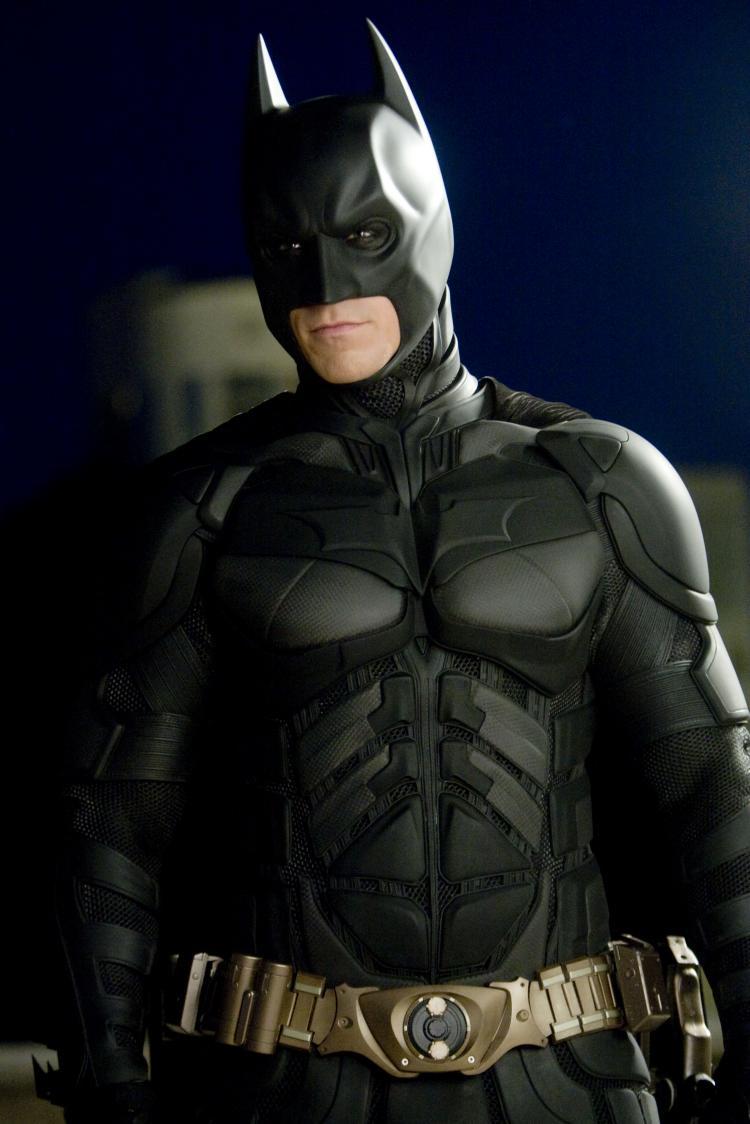Batman will return to our movie screens later this month, but he needs to invest in a parachute, according to new research from the United Kingdom.
In Batman Begins, we saw the masked crusader fly across Gotham City with a “memory cloth” cape spanning 4.7 meters (15 feet) that hardens when electrified.
But four masters students at the University of Leicester have shown that the superhero would probably travel so fast that landing could be fatal.
The batcape’s wingspan is about half that of a hang glider. If Batman launched himself from a 150-meter-high (164-yard-high) building, he could glide for about 350 meters (383 yards).
However, he would travel up to 110 km (68 miles) per hour, and then reach a steady speed of 80 km (50 miles) per hour before landing.
“If Batman wanted to survive the flight, he would definitely need a bigger cape,” said co-author David Marshall in a statement.
“Or if he preferred to keep his style intact he could opt for using active propulsion, such as jets to keep himself aloft.”
Marshall suggested an alternative would be to land in a pile of cardboard boxes like stuntman Gary Connery, who achieved a 2,400-foot skydive in May using only a wingsuit.
The paper appears in the university’s 2012 Journal of Special Physics Topics, which publishes papers by final-year students studying the four-year Master of Physics degree.
“A lot of the papers published in the Journal are on subjects that are amusing, topical, or a bit off-the-wall,” said course leader and lecturer Mervyn Roy at the University’s Department of Physics and Astronomy in the statement.
“[T]o be a research physicist—in industry or academia—you need to show some imagination, to think outside the box, and this is certainly something that the module allows our students to practice.”
The Epoch Times publishes in 35 countries and in 19 languages. Subscribe to our e-newsletter.





